Gas-water heat exchanger
With the rebound consequences of human destruction of nature, such as Greenhouse Effect, air pollution, glacier melting and acid rain, as well as Chai Jing’s in-depth analysis of environmental pollution problems, prompted the department to start various provinces and cities to regulate the issue of waste discharge. Among them, the emission of flue gas is a more prominent and obvious problem of environmental protection and energy saving. The resulting gas heat exchanger has this effect.
https://www.boqini-heatrecovery.com/Gas-water-heat-exchangers.html
Heat exchange medium:
Mainly flue gas and air (GGH), steam and flue gas (SGH), flue gas and
water.
Classification:
1. Plate heat exchanger.
2. Tubular heat exchanger.
Function:
1. Enhanced combustion: the obvious advantages of gas plate heat exchangers
are high heat transfer efficiency, low heat loss, modular design and better use
of transportation, installation and later maintenance and replacement.
Therefore, it is better to use it to recover the waste heat of flue gas. The
recovered waste heat can be used for the normal operation of flue gas
desulphurization, denitrification and whitening equipment, and can also be
converted into heat medium for production process needs. For example, some
production processes rely on burners or burning coal or electricity, but can not
reach the prescribed temperature, the installation of preheater can achieve
high-temperature flue gas recovery and save energy consumption. It can also be
said to strengthen combustion, such as large waste incinerators.
2. Many industrial processes require constant temperature maintenance, and
this purpose can be achieved with this heat exchanger. Users can set the
temperature of import and export gas, so that industrial production and
reliability can be guaranteed.
3. Reduce the loss in the furnace, reduce the exhaust gas temperature, and
improve the thermal efficiency of blast furnace, boiler, kiln and so on. Using
the heat exchanger to keep the constant temperature, the combustion in the
furnace is stable and the radiant heat exchange is strengthened, the chemical
incomplete combustion loss can be reduced, the smoke temperature loss can also
be reduced and the production efficiency can be improved.
4. The heat exchanger does not need heat preservation and will recover the
flue gas that will be wasted, especially the plate heat exchanger, whose heat
transfer coefficient is 1000-35000W/, which is much higher than that of the
tubular heat exchanger.
5. The cooling and heating effect is better: with other equipment, such as
desulphurization, denitrification and whitening equipment, the preheater plays
an important role in this series of flue gas treatment system. Can use the flue
gas that is about to be wasted to heat up or cool down. For example, SCR
reactor, its function is to increase the temperature of inlet smoke, reduce
humidity, reduce chlorine condensation, reduce corrosion.
Application fields.
1. Heavy industry: such as blast furnaces, rolling furnaces and furnaces in
the past two years in the iron and steel industry, it can be said that a heavy
blow has been made in the treatment of nitrogen oxides; smoke emissions from
painting workshops; glass-ceramic tunnel kilns.
2. Petrochemical industry.
3. Light industry: dry grain, textile.
Gas heat exchanger.
Gas-gas heat exchanger is derived according to the requirements of industry
and policy on the basis of water-water heat exchange, steam-water heat exchange
and other production and domestic water and heating. Although the heat exchanger
parts are plate or tube type, the process is still very different.
What it brings to enterprises is not only the protection of nature, the
response, the reduction of their own costs, the increase of profits is also
obvious. This is the fundamental reason for the increasing demand for gas-gas
heat exchangers.


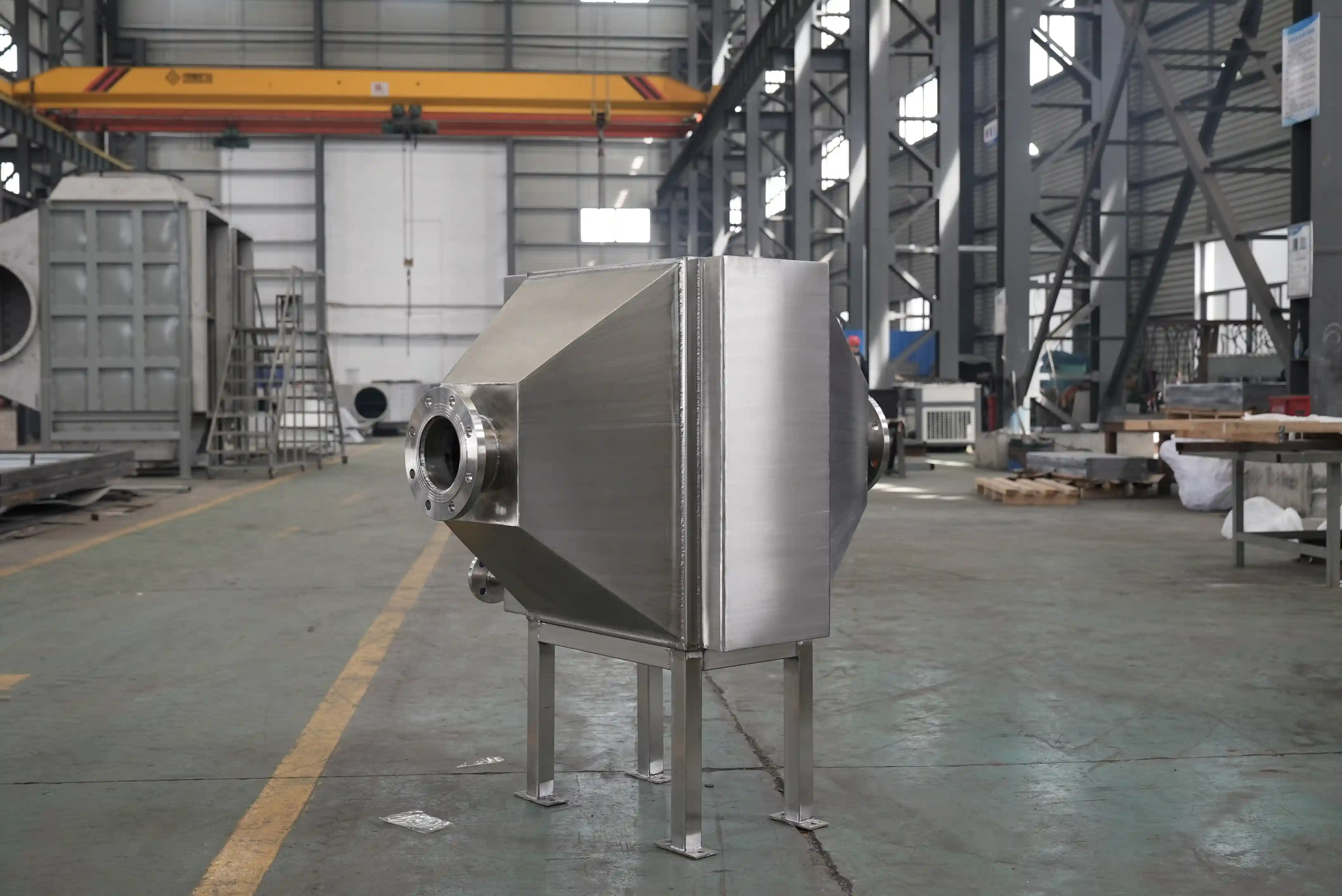

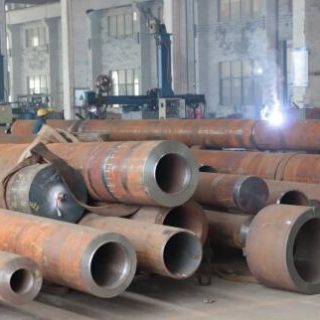
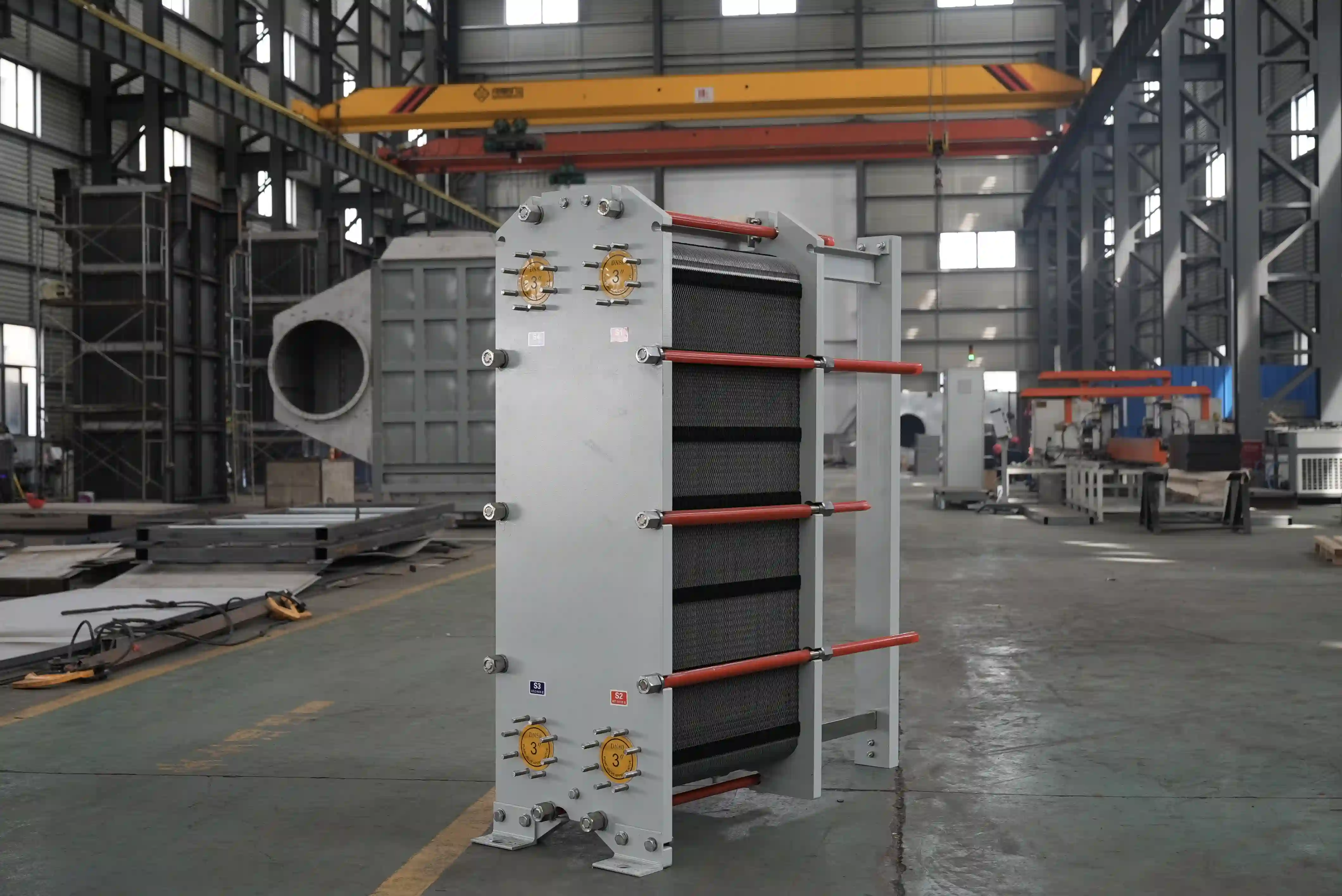
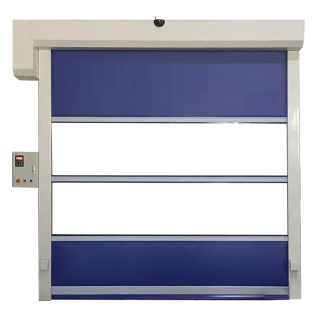
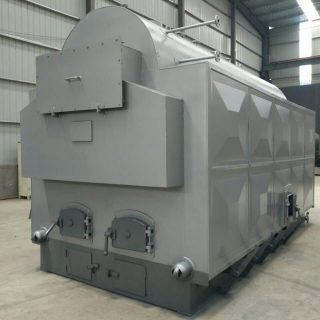
Reviews
There are no reviews yet.